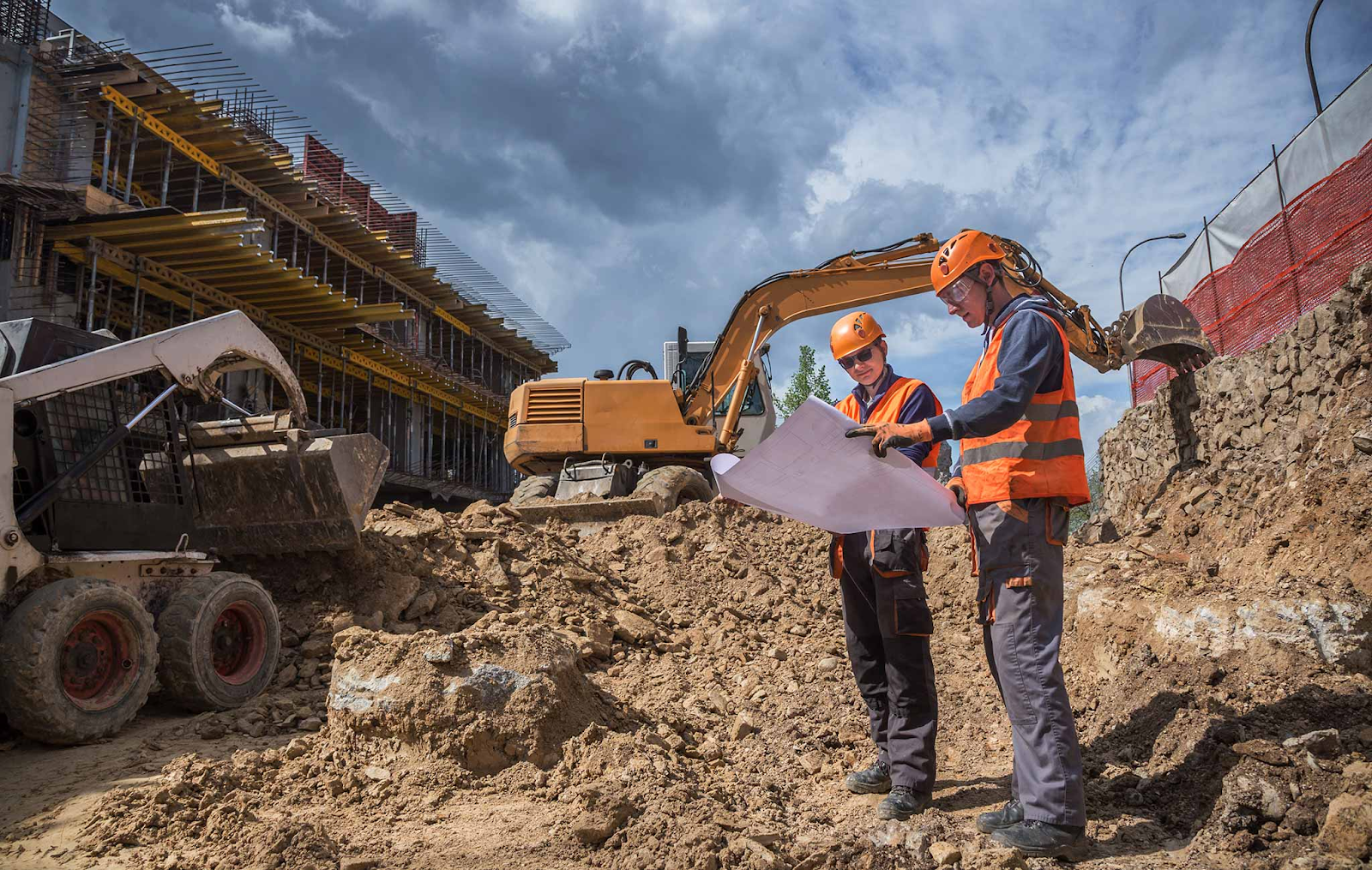Top Guidelines Of Geotechnical Engineering For Construction Projects
The Main Principles Of Geotechnical Engineering For Construction Projects
Table of ContentsHow Geotechnical Engineering For Construction Projects can Save You Time, Stress, and Money.Things about Geotechnical Engineering For Construction ProjectsMore About Geotechnical Engineering For Construction ProjectsThe Geotechnical Engineering For Construction Projects PDFsThe Only Guide to Geotechnical Engineering For Construction ProjectsGetting The Geotechnical Engineering For Construction Projects To Work
The duty of geotechnical design significantly handles recognizing the features of dirt and rock, which might vary considerably by their thickness, wetness material etc. These functions should be taken a look at by geotechnical designers to forecast their movements under various conditions. The safety as well as security of frameworks are influenced by soil problems, making this evaluation required.A geotechnical designer will analyze dirt to determine the bearing ability of the earth and advise correct structure kinds, such as shallow structures, deep structures like heaps, or specialized services like drifting foundations for soft soils. Understanding the attributes and actions of dirt and rock, in enhancement to how they connect with buildings that have actually been put up on or within them, is among the main explanations for why geotechnical engineering is necessary.
In enhancement to structural planning and construction, geotechnical engineering is additionally important to the reconstruction and maintenance of pre-existing frameworks. Age-related destruction or additional troubles can affect a framework's stability and effectiveness. Ecological security is completed via geotechnical engineering. Know-how in air, water, and dirt quality upkeep is used by geotechnical designers to reduce the adverse effects of projects.
To sum up, geotechnical design is a crucial technique that protects the durability and honesty of civil framework. Geotechnical engineers contribute to making building projects effective all over the globe by recognizing the behavior of earth materials and using proper planning approaches.
Excitement About Geotechnical Engineering For Construction Projects
By taking a look at dirt, rock, and subsurface conditions, geotechnical designers provide crucial insights that aid in the style, building, and maintenance of buildings and framework.

The Buzz on Geotechnical Engineering For Construction Projects
Lab screening: Establishing the properties of soil and rock. Field testing: Conducting examinations on-site to assess conditions. Analysis and design: Making use of data to make foundations, maintaining wall surfaces, passages, and various other frameworks. Several high-profile building jobs have effectively used geotechnical design to ensure their stability and safety and security. :: The globe's highest building required a deep understanding of the underlying geology.

As a leader in geotechnical engineering, BECC Inc. is committed to providing cutting-edge and efficient solutions that satisfy the highest requirements of high quality and safety and security., a mechanical engineer and rock hound.
The 15-Second Trick For Geotechnical Engineering For Construction Projects
Terzaghi additionally a knockout post developed the structure for theories of bearing capacity of foundations, and the concept for forecast of the rate of settlement of clay layers as a result of combination. Later on, Maurice Biot fully developed the three-dimensional dirt consolidation theory, expanding the one-dimensional design formerly developed by Terzaghi to a lot more basic theories and presenting the set of standard formulas of Poroelasticity.
Geotechnical engineers investigate and figure read out the buildings of subsurface conditions and products.
The Ultimate Guide To Geotechnical Engineering For Construction Projects
Geologic mapping and analysis of geomorphology are normally completed in appointment with a geologist or engineering rock hound. Subsurface exploration typically includes in-situ testing (as an example, the common infiltration test and cone infiltration examination). The digging of test pits and trenching (particularly for finding faults and slide aircrafts) might likewise be made use of to learn more about soil conditions at deepness. , which utilizes a thick-walled split spoon sampler, is the most common way to gather disturbed samples.

If the user interface between the mass and the base of a slope has a complex geometry, incline stability analysis is difficult and mathematical remedy approaches are called for. Usually, the interface's exact geometry is unidentified, and a simplified interface geometry is thought. Finite slopes need three-dimensional versions to be analyzed, so most inclines are evaluated thinking that they are definitely large and can be represented by two-dimensional designs.
Some Known Details About Geotechnical Engineering For Construction Projects
The observational technique might be referred to as adheres to: General expedition sufficient to establish the harsh nature, pattern, and buildings of deposits. check my site Analysis of one of the most probable conditions and one of the most negative conceivable inconsistencies. Producing the layout based upon a functioning theory of behavior prepared for under the most possible conditions. Option of quantities to be observed as building and construction profits and calculating their prepared for worths based upon the functioning theory under one of the most negative problems.
Dimension of amounts and analysis of real conditions. It is unsuitable for jobs whose design can not be modified during construction.